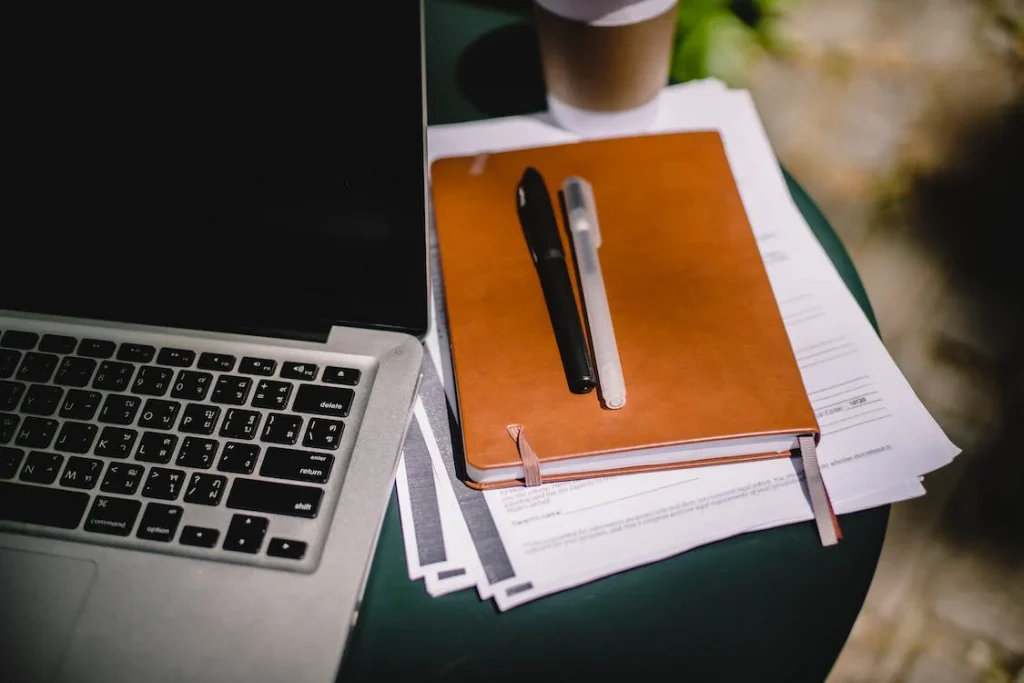What does the term “similarity” mean in the realm of documents and texts? Simply put, it means that some parts of a text look a lot like parts of another text. But it’s not just about things looking the same; it’s also about being original. While the lines between simple similarity and clear plagiarism can be subtle, some signs highlight problematic similarities. This is where a “similarity checker” becomes useful. It helps us see how texts might be too similar, and perhaps even copied from others. It reminds us that even if something only looks a bit similar, it can quickly shift to outright plagiarism.
In this article, we’ll delve deeper into the crucial issue of plagiarism, explore cutting-edge solutions like similarity detection tools, and highlight how our platform, a main player in this field, can assist in identifying and correcting problematic content.
The rising concern of plagiarism and the solution
As we’ve seen recently, plagiarism is on the rise. Countries such as the United Kingdom, France, the United States, Germany, and others in the Western world have experienced an increase in plagiarism cases. The certainty of particular situations’ similarities in the vast importance of texts is acknowledged, but that doesn’t cut the urgency to distinguish it from plagiarism.
Enter the realm of similarity detection tools. These aren’t very superficial software but powerhouses provided with expansive databases.
Our platform, a notable player in this domain, offers:
- Comprehensive similarity checks.
- Access to trillions of data points spanning websites, blog posts, and academic content.
- Thorough checks of uploaded files against an extensive database.
- Color-coded reports indicating possible instances of plagiarism.
- Solutions to correct and improve the content, guaranteeing its originality.
With the rise of digital content and the ease of sharing and reproducing work, the need for a reliable similarity checker has never been greater. Our platform stands as a testament to the commitment to uphold originality and fight plagiarism effectively.

What documents can I upload for a similarity check?
Ensuring the uniqueness of your content is crucial in today’s digital age. Our similarity checker is designed to assist users from various fields, serving a wide variety of document types. Here’s what you can submit for a thorough check:
- Website texts and articles
- Any report
- An essay
- A scientific or journalistic article
- Thesis
- Coursework
- Dissertations
- Any other type of document
Regardless of the document’s length, our platform is here to serve your needs. You can upload anything from a brief 2-page piece to an extensive 50-page research paper. While longer documents might take a bit more time for a complete check, you can trust our similarity checker to work with maximum accuracy, providing you with quality results every time.
Is this similarity checker trustworthy?
Absolutely, without a doubt! This tool is ideal for essays, benefiting university students especially. Here’s what our platform offers:
- Versatility. Suitable for SEO optimization and ensuring unique, original content.
- Privacy and security. Every upload is secure, ensuring all actions occur with your explicit permission.
- User-centric approach. We aim to help users identify text issues and avoid potential plagiarism.
- No discrimination. We don’t target users who might unintentionally present similar content.
- Easy start. Simply create an account and you’re all set.
- Comprehensive support. Our tool is free, online, and multilingual.
With all these features in place, our similarity checker stands out as a top choice for those seeking reliability and comprehensive support in text analysis.
Similarity checker vs. Plagiarism checker: What’s the difference?
While the terms “similarity checker” and “plagiarism checker” are often used interchangeably, there are slight differences between them. At its core, a similarity checker identifies similarities between texts, which might raise suspicions but doesn’t necessarily indicate copying. On the other hand, a plagiarism checker is designed to detect and highlight unoriginal content, indicating potential copying or unauthorized use. In practice, however, many similarity analysis tools function similarly to plagiarism tools, focusing on pinpointing parts of content that might not be original.
Differentiating between regular similarity and plagiarism
Removing the line between content that’s just similarity and outright plagiarism can be subjective. However, when using advanced software tools, this subjectivity is significantly reduced. Evaluators often consider a text with up to a 5% plagiarism risk rating as acceptable. Anything at or below this point might be seen as an unintentional similarity.
However, it’s essential not to see 5% as a final target. Seeking to achieve even lower percentages, ideally zero is both possible and advisable. It’s worth noting that different stakeholders, such as professors or employers, might use various tools, which can cause slightly different similarity results. It’s always best to aim for the most genuine and original content possible.

Addressing similarity concerns in your text
If you’ve written and checked a text and found it to be overly similar to another source, here are some recommended points:
- Reconsider submission. It’s advisable not to submit the text in its current form.
- Review the report. Analyze the similarity report to pinpoint the areas of concern.
- Use tools. Online editing tools can be beneficial in revising the content.
- Consider a rewrite. Depending on the degree of similarity, an offline complete rewrite might be more appropriate.
- Final responsibility. Remember, the greatest decision and responsibility rests with you. Your approach to fixing any issues will directly impact the authenticity of your content.
Conclusion
| The importance of original content is unmistakable. With plagiarism on the rise, similarity checkers have become essential. These tools, like our platform, scan content against vast databases, identifying areas of concern. Though a fine line exists between similarity and plagiarism, they guide us toward content authenticity. They’re flexible, handling various document types. Eventually, while these tools help, the responsibility of being original lies with the creator. With such platforms, we’re prepared to guarantee our work’s authenticity. |
